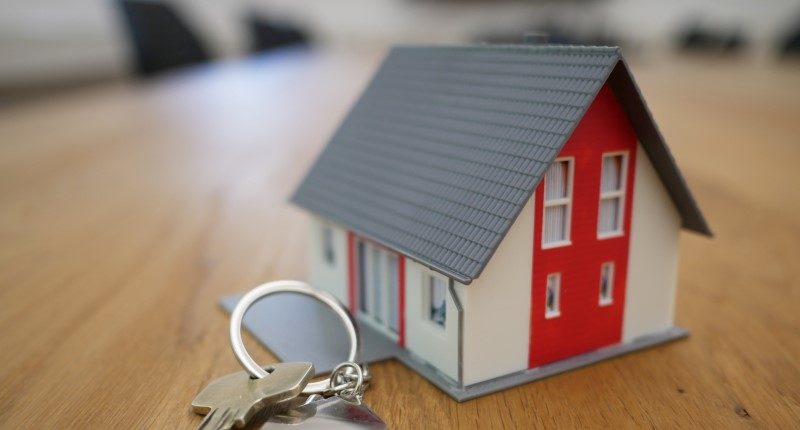- Part 2 summary of developments in Australia's current housing boom
- The debate over easing lending standards has major implications for the housing market
- Central bank stimulus has undoubtedly played a major role in the housing boom
- The debate over whether the current market is a bubble continues
This article is a continuation of Australia’s housing boom so far: part 1 – data and commentary, summarising a development that has major implications for the housing market: the policy debate over easing lending standards. The RBA’s role in the housing boom is also briefly summarised, including Dr Philip Lowe’s key comments.
The big controversy over lending standards
One major development that has received a lot of press recently is the debate over easing lending standards.
This has major implications for the property market, with economists and consumer groups concerned that easing lending standards will cause house prices to skyrocket out of control.
Originally introduced by the Rudd Government in 2009 following the Global Financial Crisis (GFC), the Morrison Government now looks to ease lending standards, arguing that in such an unprecedented time – where the nation faces weak economic conditions caused by the pandemic – that easier credit would help the economic recovery.
The proposal was met with heavy backlash.
In fact, 34,000 people, representing more than 126 organisations, signed an open letter earlier this month opposing the axing of the law.
Professor of Finance from the University of Western Australia, Raymond Da Silva Rosa said it would be a huge mistake for the Federal Government to decrease lending standards.
“There is definitely inflation in property prices – caused by low-interest rates and insufficient supply – and the risk is that people will get over-extended and not be able to meet repayments if interest rates increase even by one or two per cent.
“We would be placing ourselves right in the situation that the US was in in 2007 and see where that led. This analysis is very conventional and not, I believe, controversial.”
Furthermore, Professor Da Silva Rosa noted that the many non-bank lenders are already, in practice offering more lenient lending terms than the major banks due to having fewer onerous checks and balances.
“In effect, lending standards are already significantly lower than the standards to which the banks are held. Lowering the banks’ lending standards is likely to lead to either (a) a deterioration in lending standards of the non-bank lenders as they struggle to compete or (b) drive them out of business with the effect that the major banks benefit without any net benefit to mortgage holders.”
On the other side of the debate, the big four banks have backed the proposal, with Westpac’s Chief Executive, Peter King arguing, “These enhancements would enable us to assess loan applications across specific lending products rather than a one-size-fits-all approach.”
Master Builders Australia also supported the proposal, arguing that the banks were taking too long to approve loans for the government’s HomeBuilder scheme.
Central bank influence and the future
There is no doubt that ultra-low interest rates have been a driving factor in this unprecedented housing boom.
Philip Lowe has acknowledged this but argued the RBA does and should not target house prices.
Rather, their focus is on full employment and ensuring lending standards do not deteriorate.
With the inflation rate below the target rate of 2-3%, Dr Lowe said he expects the cash rate to not be raised until 2024.
Might the market run away and create a property price bubble?
It’s difficult to know for sure, but as reported previously, Dr Lowe is not worried, arguing that there have been large rises and falls in the property market over the past few years and that the housing price index is still around the same level it was four years ago.
Professor Da Silva Rosa argued that the mismatch in growth of supply and demand could and should be fixed by urban planning and building policies that facilitate increases in supply.
“In any event, if immigration doesn’t return to its pre-pandemic levels, then the demand will subside considerably and I do not expect we will hear much talk about a bubble.”
For now, the debate on monetary policy and a potential housing bubble continues.
~~
Before investing in any asset, please do your own independent research, taking into account your own personal financial situation. This article does not purport to provide financial advice. See our Terms of Use.





